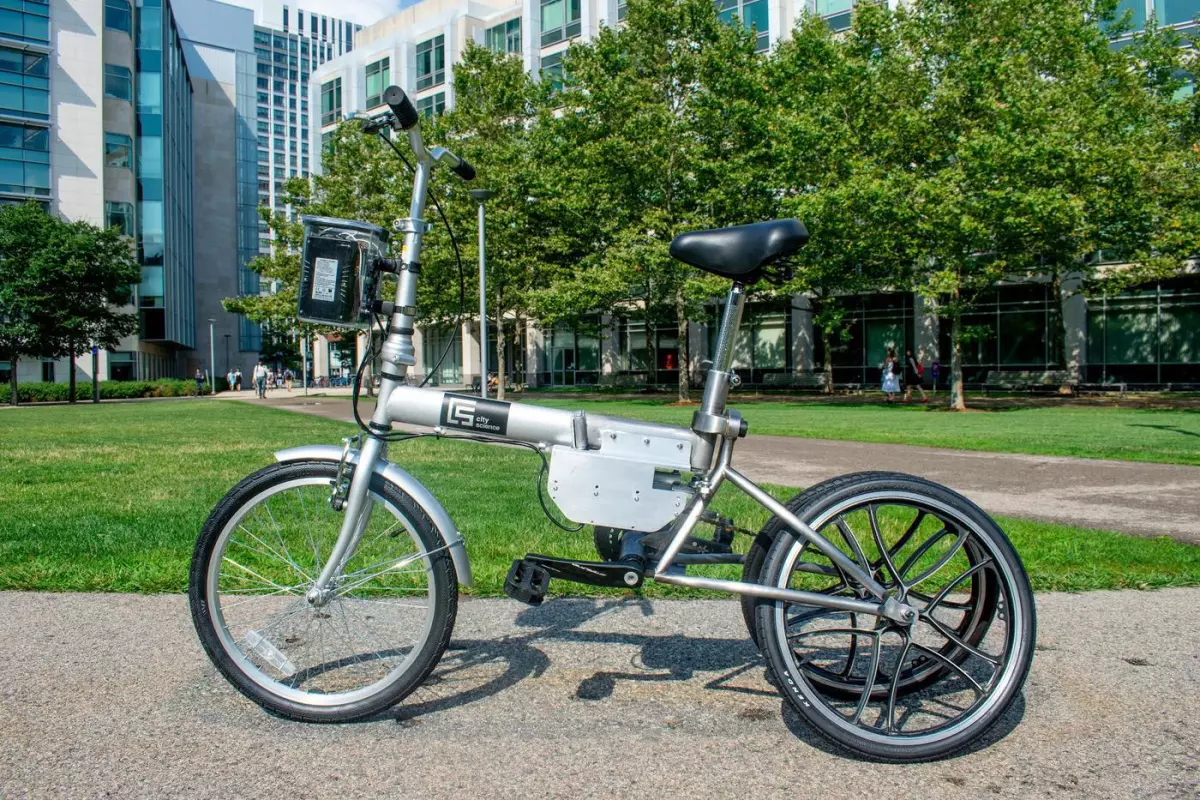While bicycle-sharing systems certainly are proving to be popular, they still have a few problems, such as the limited availability of bikes. Researchers at the MIT Media Lab are working on a solution, in the form of the MIT Autonomous Bicycle.
Many bike-sharing programs incorporate multiple "docks" throughout the city, where users pick up and drop off bicycles. Sometimes, however, the closest dock may still be inconveniently far from a user's present location, or their destination. Additionally, there can end up being an overabundance of bikes at the centrally located docks, but relatively few at those in outlying areas.
Some programs instead go for a dockless approach, wherein the bicycles are simply left at their last destination. Once again, though, this tends to result in most of the bikes ending up in a few central areas. Additionally, the bikes are often parked haphazardly, getting in peoples' way. Ultimately, in both docked and dockless systems, vans are required to periodically gather up and redistribute the bikes.
That's where the MIT Autonomous Bicycle Project comes in.
Led by research scientist Kent Larson and master's candidate Naroa Coretti, it's centered around a working prototype ebike that has two side-by-side rear wheels and two motors – one of those motors powers the front wheel, and the other steers the bike by turning that wheel from side to side.
The idea is that clients would initially summon the closest available ebike to their present location, via an app. Guided by GPS and obstacle-avoidance sensors, that bike would autonomously make its way to them with its rear wheels spread apart from one another, allowing it to function as a self-driving tricycle.

Upon reaching the user's destination, though, two linear actuators would automatically pull the bicycle's rear wheels back in together, essentially converting them into one wide rear wheel. The user would then ride the bike to their destination, with the steering motor inactivated. Once they were done with it, the bike would go back into trike mode, proceeding on to its next user or the closest charging station.
The prototype has already been successfully tested on the MIT campus, and can be seen in action in the video below.
Source: MIT Media Lab





